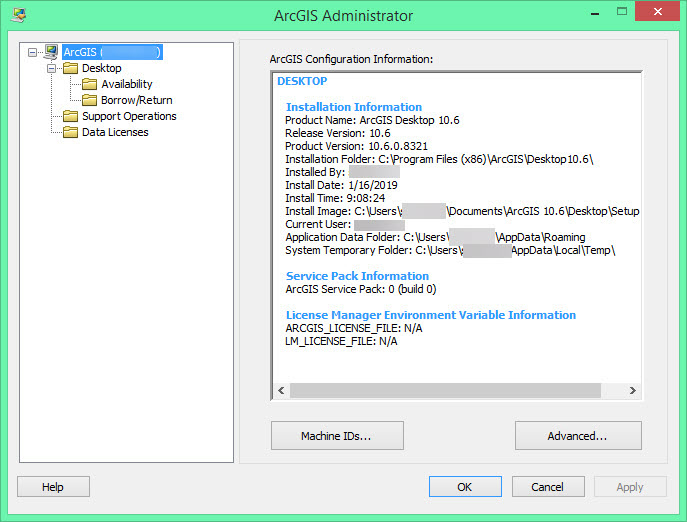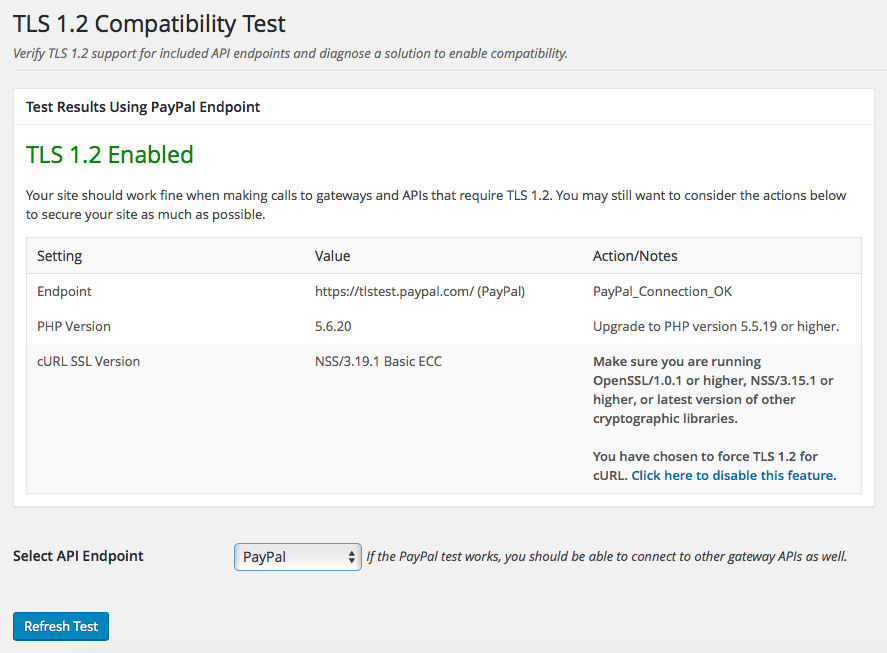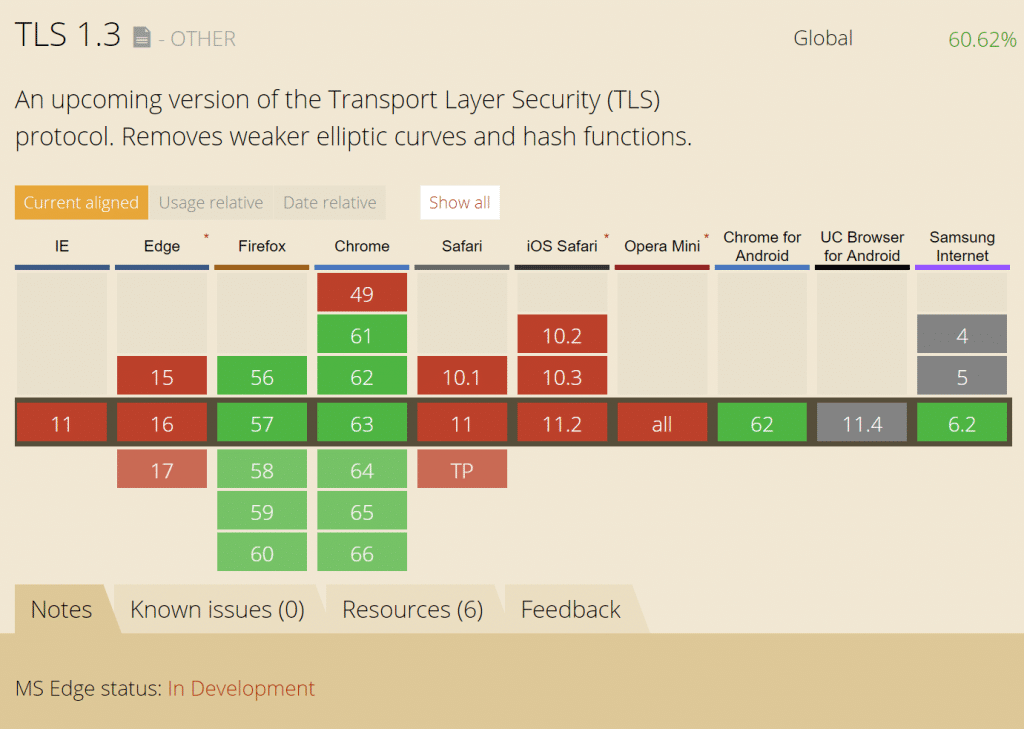

TLS 1.2 includes fixes for known vulnerabilities found in previous versions.Īs of June 2018, TLS 1.2 is the version required by the Payment Card Industry (PCI) Security Standards Council. Understand TLS versionsĪ higher TLS version implies a stronger cryptographic standard. * error:1400442E:SSL routines:CONNECT_CR_SRVR_HELLO:tlsv1 alertįor guidance on which TLS version to use, review the information outlined below. If the TLS version you are testing is blocked by Cloudflare, the TLS handshake is not completed and returns an error: For example, use a curl command to test TLS 1.1 (replace with your Cloudflare domain and hostname): To properly test supported TLS versions, attempt a request to your Cloudflare domain while specifying a TLS version. In this case, it means that Cloudflare also accepts requests encrypted with all TLS versions beyond 1.0. TLS 1.0 is the version that Cloudflare sets by default for all customers using certificate-based encryption. Selecting a minimum version ensures that all subsequent, newer versions of the protocol are also supported. You can manage the TLS version your domain uses when proxied through Cloudflare by setting the Minimum TLS Version in the Edge Certificates section of the SSL/TLS tab of the Cloudflare dashboard. Using Minimum TLS Version in Cloudflare SSL/TLS You can use the API to configure cipher suites. Visitors attempting to connect using TLS 1.1, 1.2, or 1.3 (if enabled) will be allowed to connect. When web traffic is encrypted with TLS, users see a green padlock in their browser window, near the URL box.Minimum TLS Version only allows HTTPS connections from visitors that support the selected TLS protocol version or newer.įor example, if TLS 1.1 is selected, visitors attempting to connect with TLS 1.0 will be rejected. It replaces the now deprecated Secured Sockets Layer (SSL) protocol.
#Test tls 1.2 server windows#
Windows Server 2003 does not support the TLS 1.2 protocol.Transport Layer Security (TLS) guarantees encrypted communications between a client and a web server via HTTPS. Note: This article cannot be used on a Windows Server 2003 (IIS 6).


Ensure that the Value data field is set to 1 and the Base is Hexadecimal.Right-click the name Enabled and select Modify.Create another DWORD for the Client key as you did in Step 7.

Ensure that the Value data field is set to 0 and the Base is Hexadecimal.Right-click the name DisabledByDefault and select Modify.Right click on the Client key and select New and then DWORD (32-bit) Value from the drop-down list.Right click on the TLS 1.2 key and add two new keys underneath it.Right click on the Protocols folder and select New and then Key from the drop-down menu.HKEY_LOCAL_MACHINE\SYSTEM\CurrentControlSet\Control\SecurityProviders\SCHANNEL\Protocols On your computer if done incorrectly, so it is strongly advised to make a Select a file location to save the registry file. Backup the registry first by clicking on File and then on Export. Highlight Computer at the top of the registry tree.Type in "regedit" into the Run field (without quotations). Start the registry editor by clicking on Start and Run.This KBĪrticle will describe the process to enable this. Windows Server 2008 R2 does not have this feature enabled. SSL protocol which will improve your level of security. TLS 1.2 has improvements over previous versions of the TLS and QuoVadis recommends enabling and using the TLS 1.2 protocol on your


 0 kommentar(er)
0 kommentar(er)
